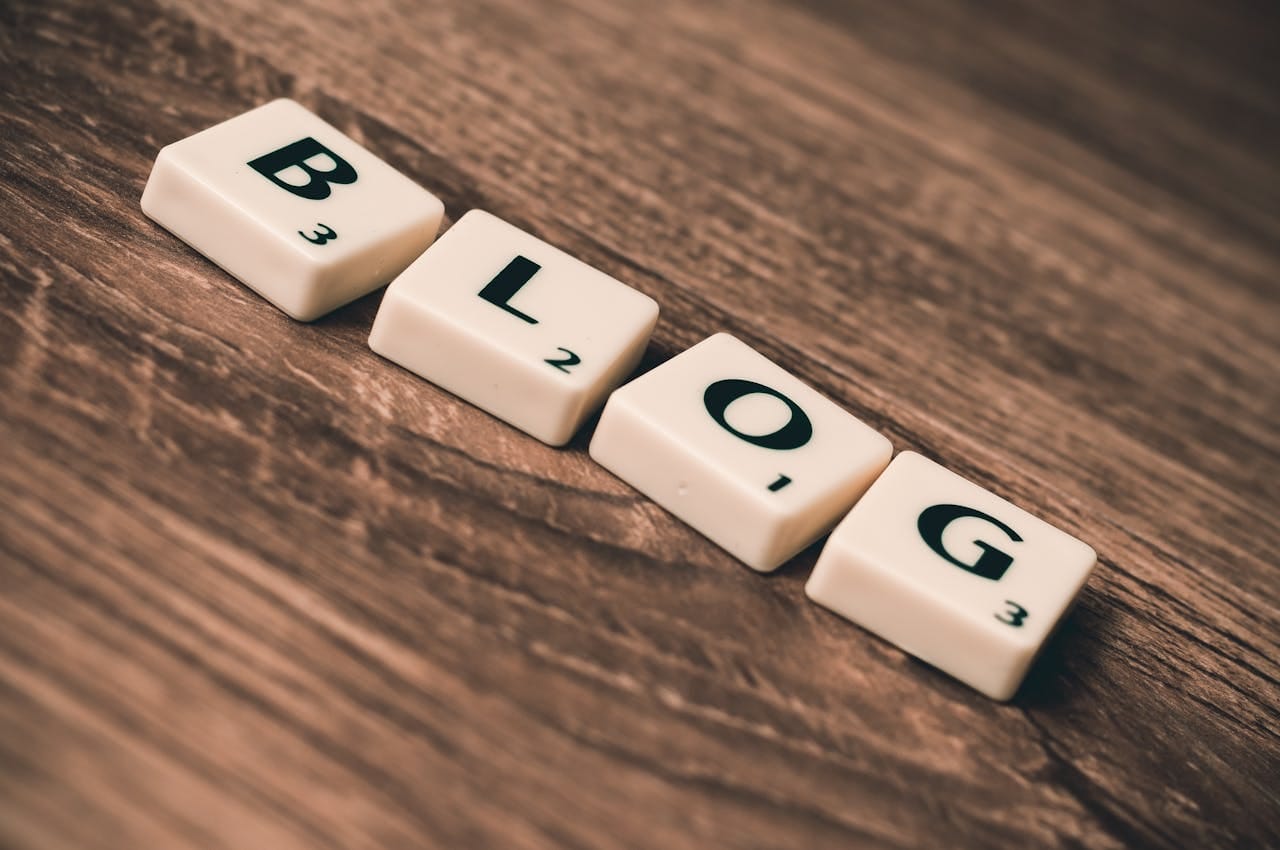For decades, Mattel has been a dominant force in the toy industry, its name synonymous with childhood imagination and play. However, in recent years, the company has embarked on a deliberate and significant journey toward greater diversity and inclusion. This isn’t just a trend; it’s a fundamental shift in how Mattel markets itself, aiming to reflect the world’s rich tapestry and resonate with a broader audience. This article examines Mattel’s efforts to promote diversity and inclusion through its product lines, marketing campaigns, and overall brand messaging, analyzing the impact these initiatives have on brand perception and consumer behavior.
The Evolution of Barbie: More Than Just a Blonde
Barbie, perhaps Mattel’s most iconic creation, has been at the center of discussions about representation for decades. Initially criticized for promoting unrealistic beauty standards and a narrow definition of femininity, Mattel has taken significant steps to diversify the Barbie brand.
Beyond the Original: Diverse Barbie Dolls Emerge
The introduction of Barbies with diverse skin tones, body types (including curvy, petite, and tall), hairstyles, and facial features marked a turning point. The “Fashionistas” line, in particular, showcases a wide range of ethnicities and physical attributes. Mattel understands that children need to see themselves represented in their toys. This expansion of the Barbie universe allows children of all backgrounds to find a doll that resonates with their own identity, fostering self-acceptance and positive body image.
This move also includes representing disabilities. Barbie now includes dolls with prosthetic limbs, wheelchairs, and hearing aids, normalising disabilities and promoting empathy among children.
(Placeholder Image: A diverse group of Barbie dolls)
Reflecting Real-World Professions and Aspirations
Beyond appearance, Barbie’s career choices have also evolved. From astronaut to doctor to entrepreneur, Barbie’s professions reflect a broader range of aspirations and empower girls to dream big. This combats the traditional, often limiting, roles associated with female characters and promotes the idea that girls can be anything they want to be. This career focus is consistently highlighted in Mattel’s marketing, showcasing real-world role models and empowering messages.
Beyond Pink and Blue: Gender-Neutral Toys and Marketing
Recognizing that gender stereotypes can limit children’s creativity and potential, Mattel has also explored gender-neutral toys and marketing strategies. This involves moving away from overtly gendered color schemes and storylines, and instead focusing on toys that encourage imaginative play and skill development, regardless of gender.
Creating Toys for Everyone: Challenging Gender Norms
While not explicitly labeled “gender-neutral,” several of Mattel’s product lines, such as Hot Wheels and certain building sets, appeal to children of all genders. Furthermore, Mattel has carefully considered the presentation and marketing of these products to avoid perpetuating harmful stereotypes. A key aspect is showing boys and girls playing together with all types of toys in their advertisements.
Marketing Inclusivity: Representation in Campaigns
Mattel’s advertising campaigns increasingly feature diverse children playing with a wide range of toys. This visual representation normalizes the idea of children breaking free from traditional gender roles and encourages a more inclusive play environment. These campaigns also often feature families of different structures and backgrounds, further reinforcing the message of inclusivity.
(Placeholder Image: Children playing with gender-neutral toys)
The Impact on Brand Perception and Consumer Response
Mattel’s commitment to diversity and inclusion has had a significant impact on its brand perception. Consumers are increasingly aware of and responsive to companies that align with their values. Mattel’s efforts have been largely met with positive reception, particularly among millennial and Gen Z parents who prioritize diversity and inclusion.
Enhanced Brand Loyalty and Consumer Engagement
By reflecting the diversity of its consumer base, Mattel fosters a sense of belonging and connection. This, in turn, can lead to increased brand loyalty and positive word-of-mouth marketing. Consumers are more likely to support brands that demonstrate a genuine commitment to inclusivity and social responsibility.
Addressing Criticism and Navigating Challenges
While Mattel’s efforts have been largely positive, the company has also faced criticism. Some argue that its diversity initiatives are merely performative or that certain product lines still perpetuate harmful stereotypes. Navigating these challenges requires ongoing dialogue, transparency, and a genuine commitment to continuous improvement. Mattel’s responsiveness to this criticism, and its willingness to learn and adapt, is crucial for maintaining consumer trust and credibility.
The Business Case for Diversity: A Competitive Advantage
Beyond ethical considerations, there is a strong business case for diversity and inclusion. Diverse perspectives lead to more innovative products and marketing strategies. By catering to a wider range of consumers, Mattel can expand its market share and maintain its competitive edge in the ever-evolving toy industry.
Conclusion
Mattel’s journey toward diversity and inclusion is an ongoing process. While challenges remain, the company’s efforts to represent a broader range of identities and experiences in its product lines and marketing campaigns have had a significant impact on its brand image. By embracing diversity and challenging traditional stereotypes, Mattel is not only shaping the toy industry but also contributing to a more inclusive and equitable future for children. Moving forward, continued focus on authenticity, listening to consumer feedback, and adapting to evolving societal values will be critical for Mattel to solidify its position as a leader in inclusive play.
 Skip to content
Skip to content

